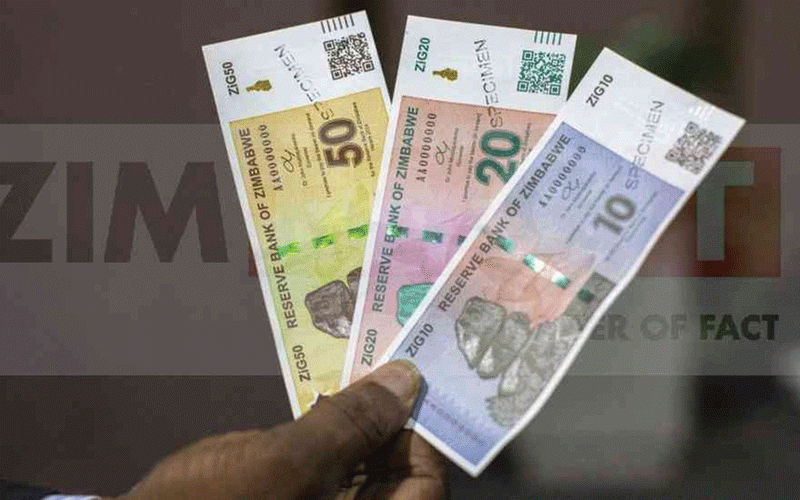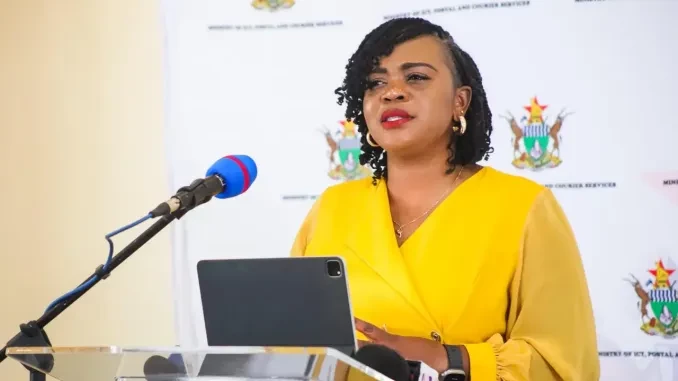
The mining sector in Zimbabwe has recently been plagued by a series of devastating disasters, particularly in the realm of Artisanal and Small-Scale Mining (ASM). These tragedies have not only claimed numerous lives but have also shed light on the critical issues surrounding safety standards, government oversight, and the role of mining companies in ensuring a secure working environment.
It is without much doubt that the extent of small-scale mining operations in Zimbabwe if not monitored can leave a devastating footprint in mining areas. According to the Chamber of Mines of Zimbabwe illegal mining contributed for 22%, while small and medium mining operations contributed 60% to the 110 fatalities recorded in the country’s mines between January and September 2023
Redwing Mine, was once hailed as a massive gold mining project with the potential to improve the quality of life in the Penhalonga area of Manicaland province and generate significant revenue for the national economy. It has instead turned into a tale of resource exploitation, environmental degradation, and a hazardous working environment.
Redwing mine is owned and operated by United Kingdom-registered King’s Daughter Mining Company Limited, which holds a 100% shareholding in the firm. Because of mismanagement practices that placed the once thriving business on the edge of a precipice, Metallon Gold subsidiaries Mazowe, Shamva and Redwing Mine were placed under corporate rescue by the High Court in July 2020.
Metallon Corporation then resorted to involving investor companies like Better Brands Mining in a corporate rescue strategy. Better Brands Mining then engaged in partnerships with small-scale miners, known as sponsors, to conduct unsafe surface mining due to a lack of underground mining equipment that needs dewatering, leading to total disorder and life-threatening hazards.
A series of tragedies
In the early wake of January 4, 2024, the Redwing mine made headlines as 15 miners found themselves trapped underground bringing Penhalonga yet to another somber mourning. This chilling incident occurred less than six months after the Bay Horse Mine disaster near Chegutu, where 16 miners out of 42 were unable to be rescued from the depths of the mine shaft sometime in September 2023, turning the mine shaft into a grave.
Redwing mine continues to be plagued by tragic events despite repeated shutdowns by the Environmental Management Agency due to collapsing shafts accidents. In January 2023, the mine was temporarily shut down due to fatalities, over 26 deaths were recorded by civil society groups in January 2023 alone, as miners risk lives by plunging into unsafe disused tunnels.
- Teachers, other civil servants face off
- Veld fire management strategies for 2022
- Magistrate in court for abuse of power
- Vungu Dam water treatment and irrigation project takes off
Keep Reading
These disasters have also persisted despite the Zimbabwean government launching a Responsible Mining Audit in May 2023 to promote responsible and compliant mining practices across the sector. The responsible mining audit was an important step to ensure that Zimbabwe mining sector operates ethically, sustainably and in accordance with national regulations. Findings of the report indicated that small-scale miners were found to violate the mining laws of Zimbabwe.
Poor regulatory measures , corruption
While local small and large scale mines are registered under the Mines and Minerals Act and are subject to various regulations, the adherence to safety standards remains questionable. One key regulatory framework in mining in Zimbabwe relates to occupational safety and healthy. The occupational regulation exists to guarantee the health, safety and wellbeing of all workers but lack of policy implementation, enforcement and follow-up strategies have led to serious injuries and deaths among ASM in Zimbabwe.
The Zimbabwe government has policies and oversight bodies to regulate mining activities and ensure safety standards, the Mining (Management and safety) Regulations 1990, SI 109 is the primary law on mining safety in Zimbabwe and the Environmental Management Act Chapter 20:27 is also a key safety law in the sector.
However, corruption within the agencies that oversee the implementation of the legislation has allowed small-scale miners to operate against the law without meeting the necessary safety requirements, thereby exacerbating the risk of accidents and environmental degradation.
Lifeline versus occupational risk
Artisanal and small-scale mining for gold in Zimbabwe serves as an economic lifeline for many, yet it comes at a great cost. Gold is a top export earner in Zimbabwe and 60% of gold production that is submitted to Fidelity Printers and Refineries the country’s sole buyer comes from artisanal small-scale miners.
However, the sector is common to poor safety standards, gang wars, corruption, smuggling, land degradation, and environmental degradation; and pollution.
Occupational hazards faced by artisanal miners in this industry are undeniably alarming, and the frequency of accidents recorded at Redwing mine only since it started operating surface mining with artisanal miners only serves to highlight the urgency of the situation. The lack of proper regulation, political fright and poor oversight has allowed these problems to persist, leaving miners vulnerable and the environment damaged.
Government and industry stakeholders should address these issues and work towards creating a safer and more sustainable mining environment. Without immediate action, the long-term consequences of artisanal and small-scale gold mining in Zimbabwe will continue to pose serious threats to both human lives and the environment.
The tragic collapse at Bay Horse Mine in September 2023, which resulted in the unrecoverable situation of 16 lives, serves as a grim reminder of this disconcerting reality and the recurrent fatalities at Redwing mine.
Call for accountability
But what if private mining companies were expected to adhere to ESG reporting standards they will consider reporting on health and safety, human rights, community relations, and how broad-based local economic empowerment can be advanced by mining operations. An improvement in transparency by mining companies would make it easy to track accountability of the small-scale mining companies on safety standards.
A local public interest organization, Green Governance Zimbabwe (GGZ) believes that sustainable reporting for mining operations in Zimbabwe, especially in line with ESG protocols could play an important role to ensure that mining companies are transparent about their safety standards. Companies need to pursue ESG strategies for lots of reasons beyond investor demand but also because communities deserve it.
It is imperative that the government takes a firm stance in enforcing safety standards within the mining sector through EMA and other government mining agencies.
The prevalence of corruption and Illicit Financial Flows (IFFs) has long hindered Zimbabwe's ability to harness its mineral resources in a safe and equitable manner. In that regard, mining companies must be held accountable, and the government must ensure that they adhere to fundamental precautionary measures to prevent further tragedies.
The recent surge in mining disasters within Zimbabwe's ASM sector has brought to the forefront a dire need for immediate action. It is not only about the loss of lives but also about the fundamental rights of workers and communities to operate in a safe environment.
The government, regulatory bodies, and mining companies must work in accord to address the systemic issues that have led to these tragedies.
Only through collaborative efforts and unwavering commitment to safety can the mining sector in Zimbabwe truly thrive without sacrificing human lives on the altar of negligence and corruption.
Green Governance Zimbabwe (GGZ) relies on data-driven advocacy to hold the mining sector accountable and the perennial trend at Redwing Mine in Manicaland province would not persist without scrutiny as poor mine safety standards are at the core of accountability in mining.
Mpahlo is the executive director for Green Governance Zimbabwe. Mushipe is the project officer for Green Governance Zimbabwe — Opebe Data and Extractives Project. These weekly New Perspectives articles, published in the Zimbabwe Independent, are coordinated by Lovemore Kadenge, an independent consultant, managing consultant of Zawale Consultants (Pvt) Ltd, past president of the Zimbabwe Economics Society and past president of the Chartered Governance & Accountancy Institute in Zimbabwe. — [email protected] or +263 772 382 852.











